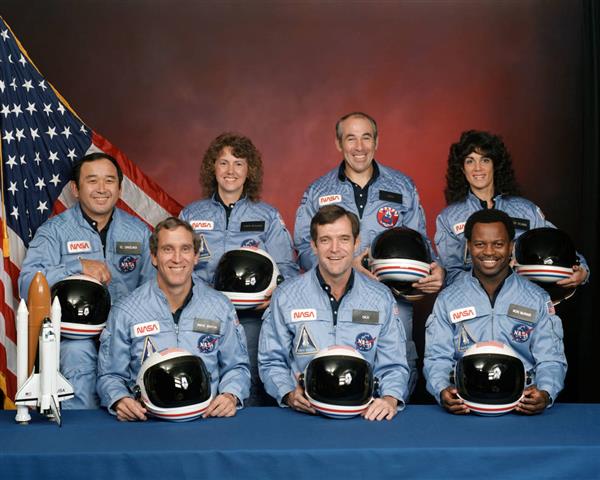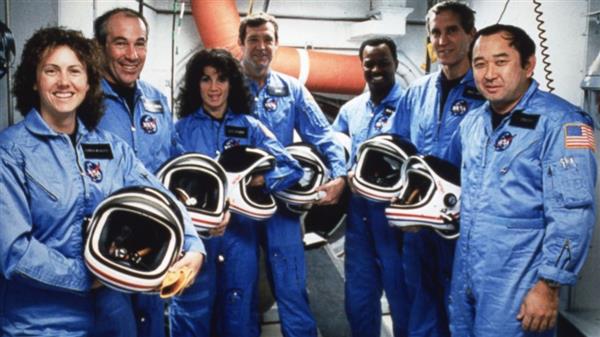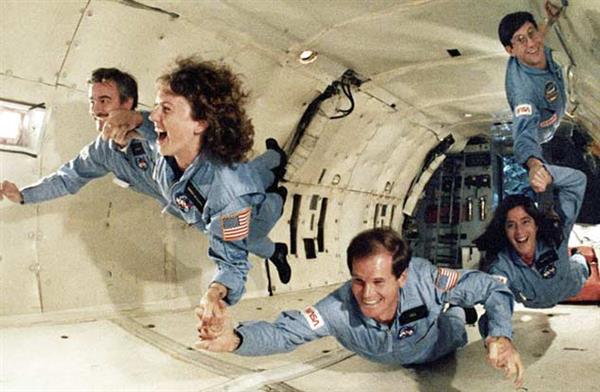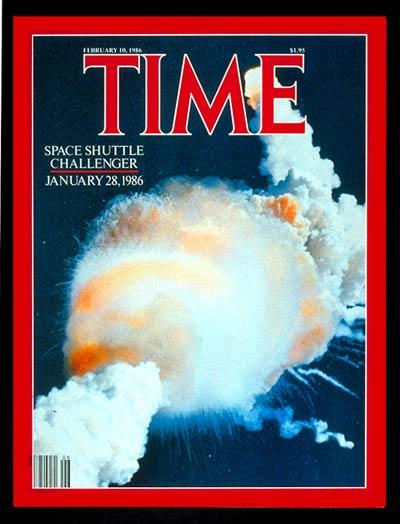





Our Mission
-
The Challenger shuttle crew, of seven astronauts -including the specialties of pilots, aerospace engineers, and scientists - died tragically in the explosion of their spacecraft during the launch of STS-51-L from the Kennedy Space Center about 11:40 a.m., EST, on January 28, 1986.
In the aftermath of the Challenger accident, the crew’s families came together, firmly committed to the belief that they must carry on the spirit of their loved ones by continuing the Challenger crew’s educational mission. Their efforts resulted in the creation of the Challenger Center for Space Science Education.
Challenger Center and its global network of Challenger Learning Centers use space-themed simulated learning and role-playing strategies to help students bring their classroom studies to life and cultivate skills needed for future success, such as problem-solving, critical thinking, communication and teamwork.
A not-for-profit education organization, Challenger Center reaches hundreds of thousands of students and tens of thousands of teachers every year.
The Challenger Learning Center of Greater Rochester, in partnership with Monroe One BOCES, opened its doors in 1991. During the 2024-25 school year, we are working with a record number of fifth and sixth grade classes from around the Rochester metro and greater Finger Lakes region for our in-person Mission to Mars simulation. When students fly their Mission to Mars, not only do they have fun, but they also exercise the development of their Science, Technology, Engineering and Math (STEM) process skills by completing curriculum-based activities aligned with New York State Learning Standards. Every single student is 100% engaged in a truly state-of-the-art facility that incorporates hands-on science activities that help improve problem-solving skills and enhance creative and critical-thinking abilities.
History
-
-
The Challenger Disaster (1986): The Space Shuttle Challenger broke apart shortly after launch, leading to the deaths of all seven crew members. The disaster was a profound national tragedy and had a significant impact on the space program.
-
Formation of the Challenger Center (1986): In response to the disaster and to honor the memory of the Challenger crew, the Challenger Center for Space Science Education was founded. The goal was to inspire students and foster interest in STEM (Science, Technology, Engineering, and Mathematics) through hands-on learning experiences.
-
First Challenger Learning Center Opens (1988): The first Challenger Learning Center was opened in Houston, Texas. It featured a space mission simulation, which became a core component of the Center’s educational approach.
-
Expansion and Growth (1990s-2000s): The success of the initial Center led to the establishment of additional Challenger Learning Centers across the United States and internationally. Our Rochester Center opened in 1991.
-
Educational Focus: The Challenger Learning Centers have become known for their interactive, mission-based programs. They simulate space missions and other scientific challenges, allowing students to experience real-world applications of science and technology.
-
Ongoing Mission: Today, the Challenger Learning Centers continue to provide STEM education experiences to students of all ages. They aim to inspire the next generation of scientists, engineers, and explorers while honoring the legacy of the Challenger crew.
The CLCs have impacted millions of students by providing engaging educational experiences that align with current educational standards and inspire a passion for STEM fields.
-
Curriculum and Standards
-
A common misconception about the Challenger Learning Center is that it focuses exclusively on astronomy or space science, which might seem like a limited aspect of a teacher’s curriculum. In reality, space science serves as a dynamic context for exploring a wide range of broader educational topics.
Within the framework of space missions, students engage in a variety of activities that enhance their understanding of fundamental concepts. They practice precise measurement using different interval scales at various stations, such as isolation and life support. They manipulate data to calculate mass based on an object's volume and known density. They also apply latitude and longitude concepts using various maps, and develop communication skills through tasks at the Communication and Data stations. Students use dichotomous keys for rock identification and microscopes for estimation and measurement. Additionally, they interpret graphs, make critical decisions based on data, and propose hypotheses to explain natural phenomena.
We’ve tailored Challenger’s curriculum to align with the needs of teachers and students in our area, ensuring that our activities correspond with New York State Learning Standards. Our program is designed to help students prepare for the NYS Intermediate Science Exam, and feedback from educators has been overwhelmingly positive. Teachers have noted that our curriculum effectively practices the skills and content likely to be assessed on the exam.
Teamwork
-
In addition to these experiences, students collaborate as a team to complete their mission. Our motto, "Together Everyone Accomplishes More," truly comes to life at Challenger. Teachers will observe students of varying abilities, learning styles, and personalities working together to solve problems, all while embarking on an unforgettable adventure.

